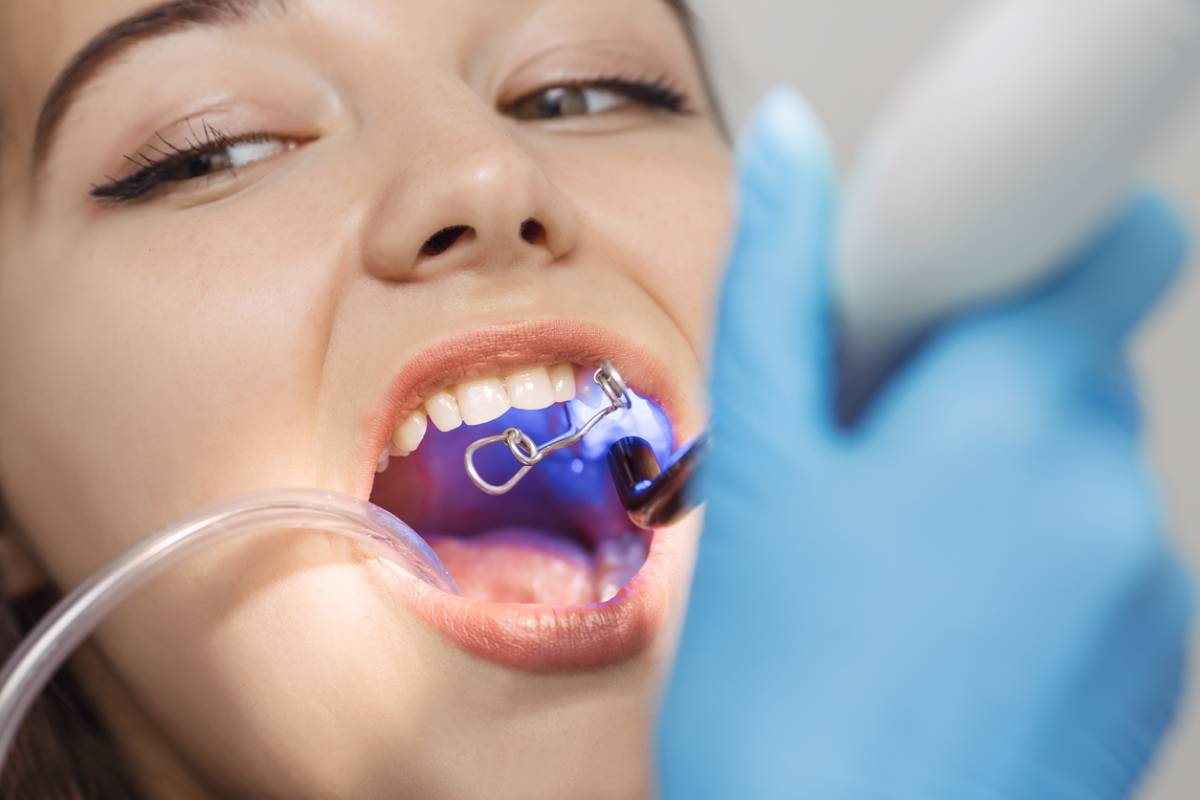Athlete’s foot is a real nuisance for approximately 15% of the population worldwide, and the landscape of discomfort and distress it can cause is even more so. This pesky fungal infection can present a serious problem to those who suffer from it, often causing red, scaly patches, peeling skin, and an itch that seems to stretch all the way to the bone. Symptoms of athlete’s Foot can throw a wrench in your normal swing of things, and when symptoms begin to impact your quality of life, it may be time to seek the help of a podiatrist.
What Is Athlete’s Foot?
Athlete’s foot or Tinea Pedis is a fungal infection of the feet, often affecting the skin between your toes, but is common in all areas of your feet. Some individuals who suffer from athlete’s feet report an odor. This is normal with athlete’s feet, but you should consult with an experienced podiatrist for effective treatment.
What Does Athlete’s Foot Look Like?
This condition is a form of ringworm and can take the form of scaly or flaky skin. Your skin may appear irritated, and red, purple, gray, or white discoloration may be visible. When athlete’s foot progresses, your skin may become scaly or cracked. In severe cases, you may even experience blisters.
Who Is Most at Risk?
Athlete’s foot is a very common condition, with an estimated 3-15% of the population having this fungal infection. Everyone is at risk of developing athlete’s foot, but it is most common in men and those over 60. If you suffer from diabetes, obesity, a weakened immune system, or tissue damage on your feet, you are at an elevated risk for this uncomfortable condition.
How Does It Spread?
Athlete’s foot is highly contagious and is spread through contact with an infected person’s skin, infected surfaces, or items that have been contaminated. You can also self-transmit if you scratch or touch an infected area and then touch another area of your body. Sharing items like towels, socks, or shoes with someone who has the infection also spreads the condition.
Risk Factors
Anyone can develop athlete’s foot. To reduce the risk of infection, there are some things you should know:
- Fungus thrives in warm, moist environments.
- Excessive sweating can make you more susceptible to athlete’s foot.
- Wearing enclosed footwear can trap heat and moisture, making it a great breeding ground for fungus.
- Research has shown those with weakened immune systems are more likely to develop athlete’s foot.
- Walking barefoot in public places like locker rooms, pools, and showers is an easy way to contract the condition.
Symptoms and What to Look For
Symptoms of athlete’s foot can range in severity, but signs you should keep an eye out for are:
- Cracked and peeling skin
- Itchy skin
- Skin rash
- Burning Sensation
- Discoloration in areas of your foot
- Blisters
Diagnosis
By examining your feet and symptoms, your podiatrist can typically make a conclusive diagnosis of athlete’s foot. This is not a life-threatening condition but can cause some irritating and uncomfortable symptoms you won’t want to deal with for long. Unfortunately, while the condition isn’t life-threatening if left untreated, the infection can spread to areas like your nails, hands, or groin.
Early intervention is key to limiting the impact athlete’s foot has on your daily life. This condition is more than just an itchy irritant; more severe cases could lead to visible abrasions and scaly or flaky skin.
Treatment
Treatment for this itchy irritant typically consists of over-the-counter or prescription antifungal medications. Medications can come in the forms like creams, lotions, sprays, and powders. Some home remedies have been claimed to treat athlete’s feet but are not scientifically proven to be effective. If you are unsure about how to treat your athlete’s foot, consult with a podiatrist to learn how you can be back on your way to happy, healthy feet.
Determining if You Have Athlete’s Foot
Recognizing athlete’s foot is key to prompt treatment and fast relief. From the subtle signs of itching and burning to the prominent redness, scaling, and in severe cases, blisters, the signs are often unmistakable. This bothersome fungal infection thrives in warm, moist environments, making proper foot hygiene crucial. Athlete’s foot is typically a progressive condition with symptoms being subtle at first. However, symptoms can quickly become uncomfortable if left untreated. Know what to look for so you can catch signs of athlete’s foot early on and step confidently towards healthier, happier feet.
If you are experiencing symptoms of athlete’s foot, call to schedule an appointment with a podiatrist today.
Reference:
Weibel, J. (2025). Athlete’s Foot.


